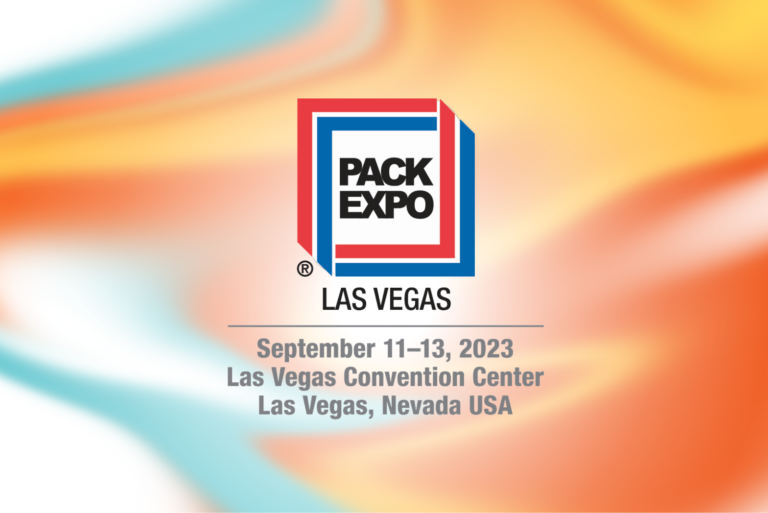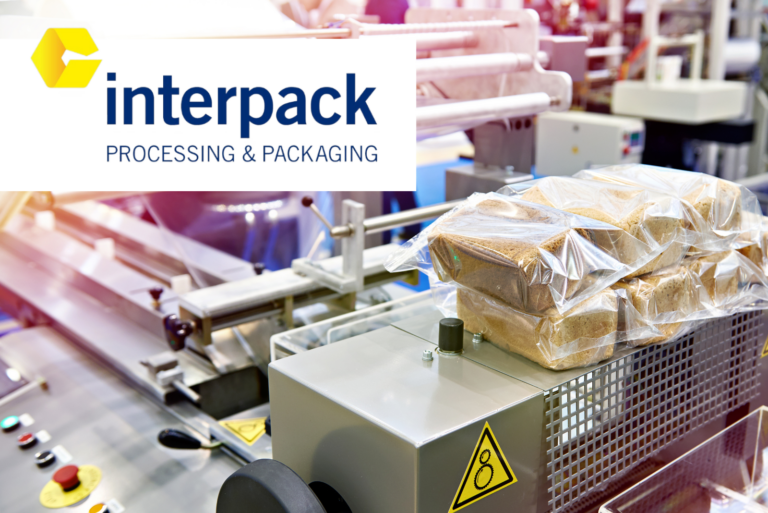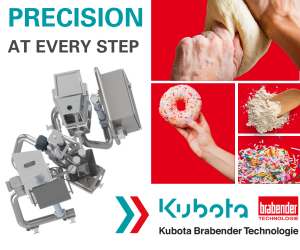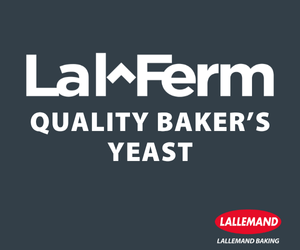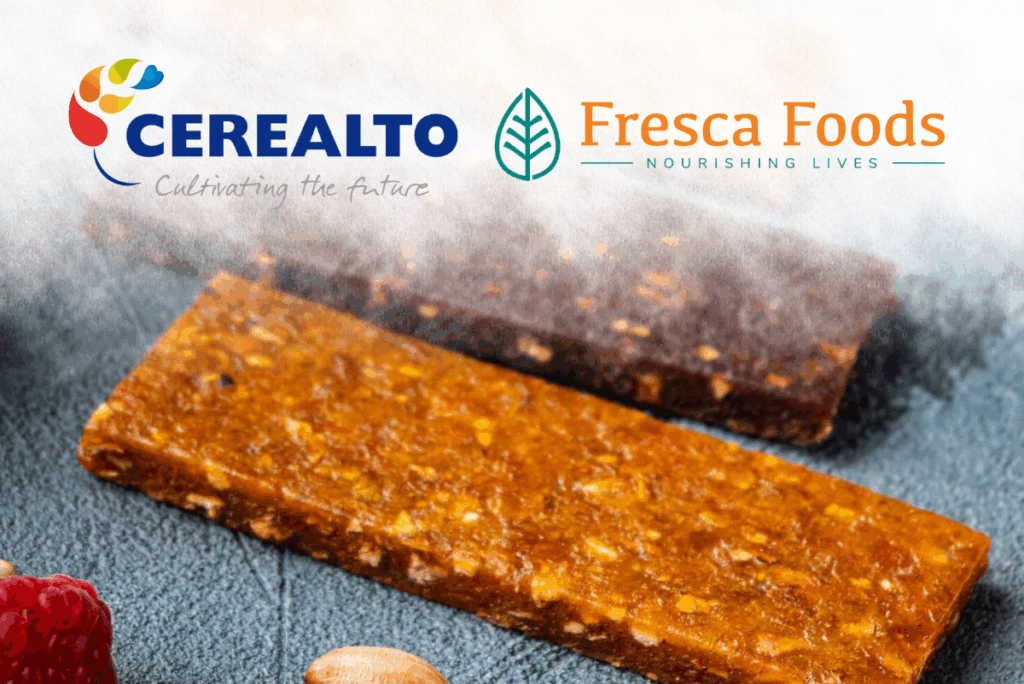ARLINGTON, VA — It’s no secret that packaging’s primary role is to protect the product, whether it’s for baked goods or something else. But the truth is that packaging protects — and expresses — much more, ranging from the consumer experience to the brand’s mission. From an operational standpoint, the right packaging setup can protect even more.
During a recent live master class hosted by EmergeCPG — a company dedicated to shortening the learning curve for early-stage entrepreneurs through access to industry leaders, 1:1 coaching and live monthly classes — a group of packaging experts shared advice on some of the most important packaging strategies and considerations for early-stage CPGs.
Hosted by Julie Pryor, CEO of Emerge CPG, panelists included Michele Sawyer, creative brand strategist at Sawyer Design Vision; John Gleason, president of A Better View Strategic Consulting; Kelly Williams, managing director of the packaging solutions division of EarthFirst Films; and Christopher McLaughlin, owner of the Tenfold Collective, a packaging strategy and design firm.
“Your packaging is the first point of contact with the consumer,” Sawyer said. “So, the impression that you make in those first 15 to 20 seconds is really important.”
There are plenty of consumer-facing considerations for packaging in terms of look, feel and design. And when a package must stop a consumer, hold their attention and close the deal — while also maintaining the product integrity — it’s a lot for an emerging brand to balance.
“Think about packaging as serving a number of functions,” Gleason said. “It’s protecting the product you’re trying to sell, it provides a shelf presence and it connections your brand to the mission and value proposition. Brands might want to think of packaging as an area where they want to cost save, but you have to think about how that serves your brand. If packaging is an area where you minimize, that might not be the impression you want your customer to walk away with.”
Gleason even suggested to think of packaging as a media vehicle that creates opportunities for to create or even enhance relationships with consumers.
In that regard, it becomes simultaneously the product’s protector, deliverer and advertiser.
“The bottom line is that you can’t sell consumer packaged goods without the package,” Williams said. “But it can become this complicated thing you have to figure out, and that can bring on a lot of anxiety.”
So, it’s important to think of packaging across a product’s life cycle, from processing through end use.


